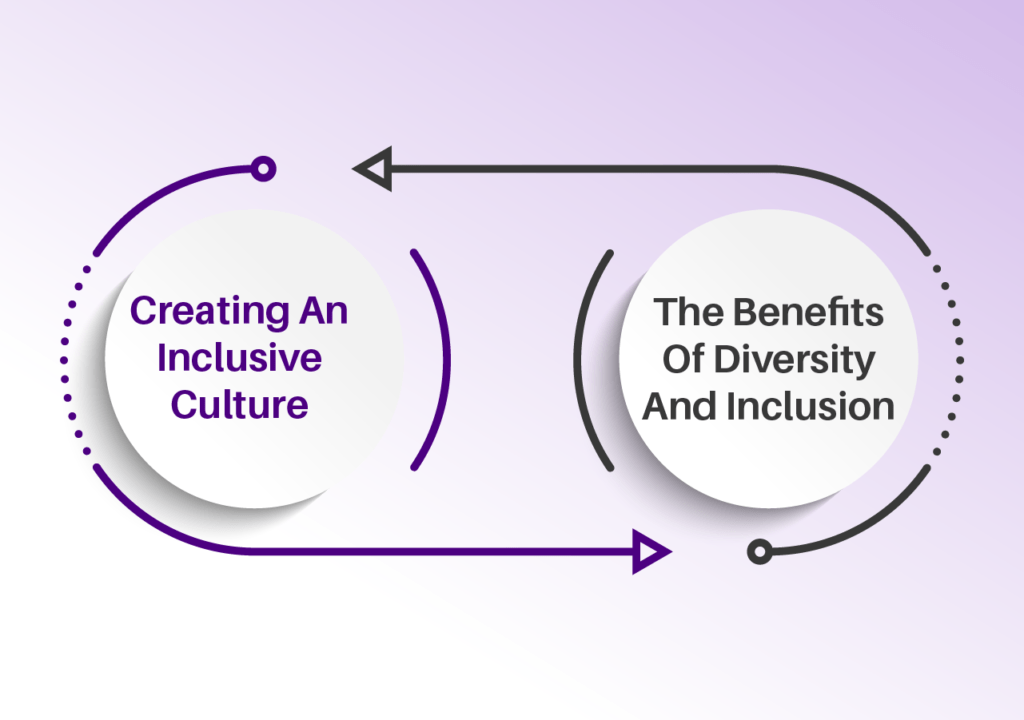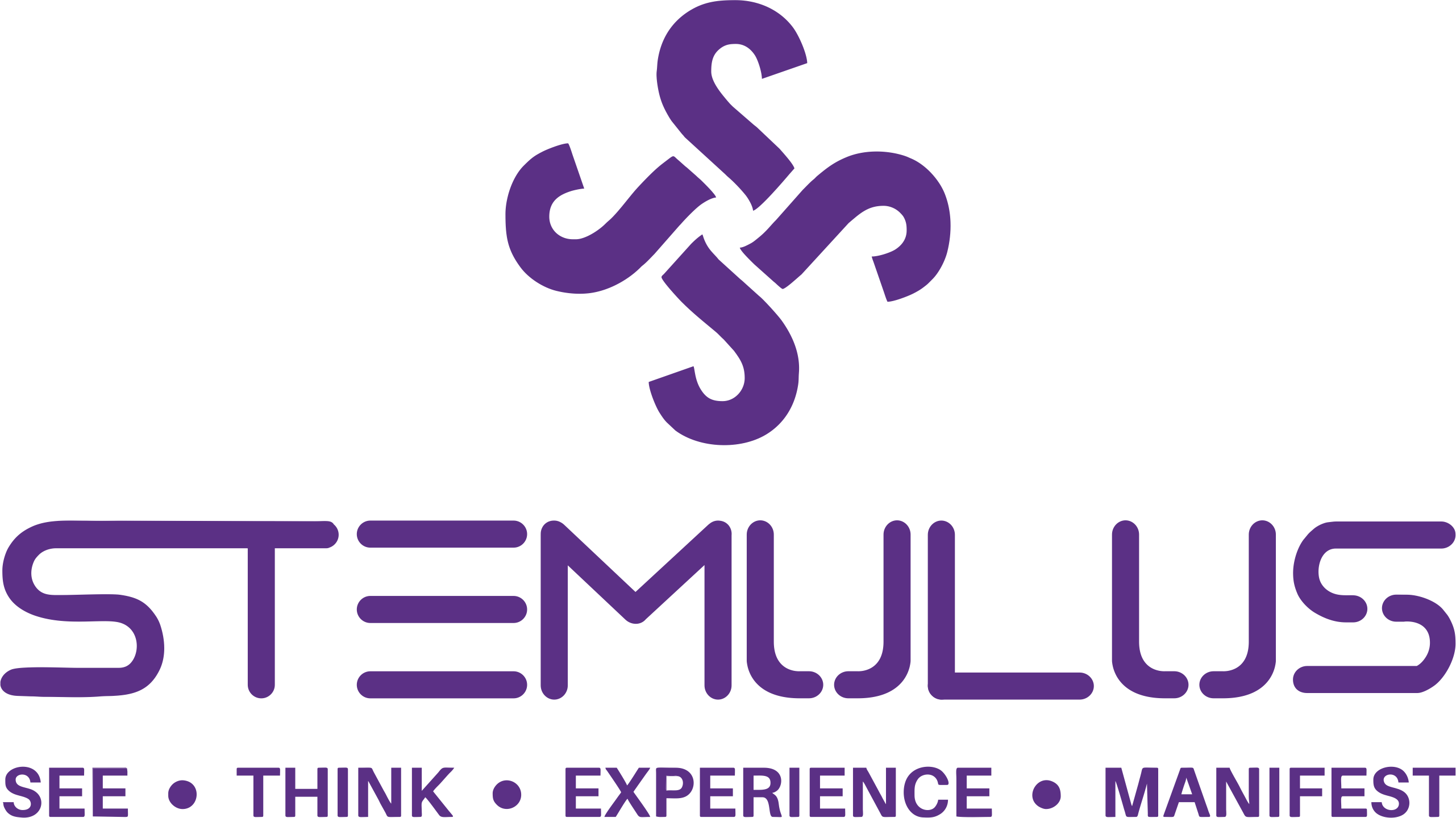Table of Contents
Harnessing the Power of Diversity through Inclusive Team Building
Businesses and organizations worldwide have come to understand the immense advantages of diversity in team building in this ever-globalized connection world. It is no longer a novelty that creating a diverse team from many origins, views, and backgrounds is a force and prerequisite to invention, creativity, and organizational advantage. Thus, the philosophy of diversity is incomplete and cannot be enforced fully without purposeful and proper diversity inclusion practices.
The role of culture in teamwork

Appreciation for team diversity includes not only the team’s easily recognisable aspects, including colour, sex, and age, but also such factors as cultural origin, educational attainments, approaches to problem-solving, and career background. The concept of a diverse team unites different skills and techniques for perceiving concerns and finding solutions that lead an organization to a new level of success.
Among the significant benefits of diversity in team building is the elevation of creativity and innovation. Diversity enables groups to work together, ensuring that conventional ways of solving issues and developing ideas are constantly questioned. Such diversity of thought is valuable in today’s fast-moving world, where changes are inevitable in the business world.
However, another advantage of a diverse team is that it is easier to satisfy a diverse group of customers since the team is indeed diverse. When operating in a global market, it is again beneficial for a firm to understand the needs of a specific demographic group and foresee them becoming customers. Such an approach helps teams match their clients’ diversities, and this consistency can be used to make better products and services. Diversity generates the foundation of an autonomously functioning team, however, inclusion determines how diversity is well utilized.

On the other hand, diversity requires management to ensure that all employees working in a particular group are treated equally and encouraged to share different ideas.
Thus, one crucial activity that can be considered inclusive is the promotion of free speech. The ideas of others should be encouraged to be aired and accompanied by the freedom of speaking without any form of prejudice or precondition. Such suggestions align with the recommendation that leaders should go out of their way to encourage more reserved team members to contribute their views. This escalates the number of ideas and makes people see that everyone counts as a participant.
Indeed, offering existing and future employees career advancement and learning is indispensable for team diversification. This can involve personnel development such as coaching, workshops, and a promotion ladder. By doing so, organizations show that they are interested in the further development of each worker and can increase work productivity.
Yet another best practice is that any system of evaluation and rewards should be fair in its approach and not favour any group of employees. Performance evaluations must point to such an objective and be free from factors that can hamper the team’s ability to include other individuals. Reinforcing the value of equality of all employees through offering bonuses encourages everyone, thus promoting equality.
Creating an Inclusive Culture
Hiring a diverse team is not a one-off move but a continuous process that entails a lot of consciousness. Organizational heads are responsible for creating and reinforcing a culture of diversity and inclusion. They should also be role models, model inclusive behaviour, and ensure that everyone, including themselves, takes responsibility for practising inclusion.
It is also essential that people representing the organization engage in diversity and inclusion training and education sessions frequently to remind everyone about these types of concerns. Classes on cultural sensitivity, bias, interpersonal communication, and small group communications could be instrumental in ensuring team members obtain the necessary tools to avoid negative perceptions and embrace diversity.
The Benefits of Diversity and Inclusion

Practising diversity and inclusion in building teams has several advantages.
Organizations implementing these principles will likely record enhanced team efficiency, increased employee satisfaction, and more profound innovation. Besides, they have the advantage of sourcing and securing the best talent from diverse backgrounds.
Lastly, embracing diversity through team building and a business vision is the right thing to do. Thus, organizations can achieve sustained success by maintaining an environment where everyone feels valued and can contribute fully as a team player. It is not easy to achieve inclusiveness, but this is the path to follow, and the results are fruitful.
Thank you for your valuable time. Feel free to connect with us and find the best team-building activities for your organization.




[…] state, wherein everyone in the team feels like they own the team. This empowerment is essential for motivating the teams to think and act […]
[…] and formulate and implement team-building strategies that best suit the employees. This makes the team-building activities enjoyable and significantly impacts the entire […]